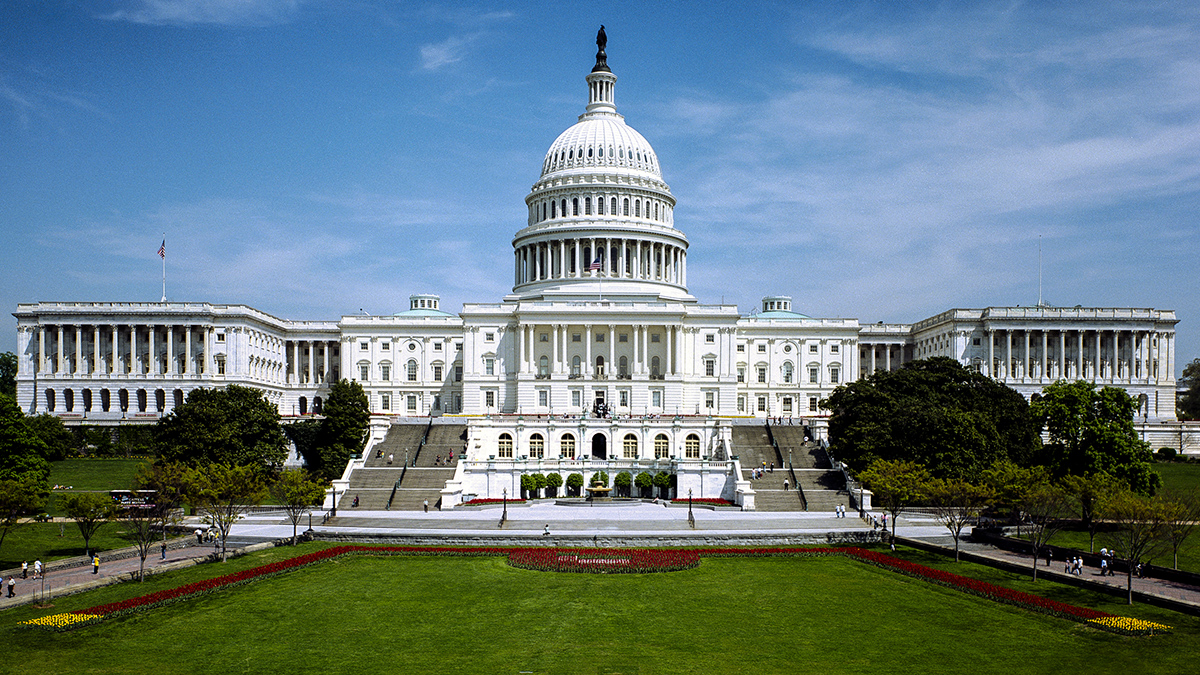Two Sides. One Story. You Make the Third.
Carlos Taylhardat | 3 Narratives News | September 30, 2025
“I can’t pay my mortgage with promises of back pay,”
said a TSA officer in Atlanta as the clock crept toward midnight. Federal funding is set to lapse, pushing hundreds of thousands of workers toward furloughs or unpaid shifts. Lawmakers will still collect their salaries. The rest of the country waits in limbo.
Context: How We Got Here
On September 30, 2025, the Senate failed to pass a last-ditch funding measure, putting the government on the brink of its 15th shutdown since 1980. If the stalemate holds, agencies will send furlough notices to non-essential staff while “excepted” workers, air traffic controllers, border agents, and federal prison guards, report without pay. In the last prolonged shutdown (2018–19), the government partially closed for 35 days, and the Congressional Budget Office estimated an $11 billion economic hit. The stakes now are no less real.
Shutdowns occur when Congress can’t agree on full-year appropriations or a stopgap continuing resolution. Beneath the procedural jargon sits a moral standoff, two narratives, both claiming responsibility, both assigning blame.
Democrats Say Shutdowns Hurt Families
Inside the Democratic frame: This is reckless brinkmanship. Ex-President Joe Biden warned that
“millions of Americans could lose access to vital services”
If a shutdown hits. Party leaders cast GOP tactics as “hostage-taking,” arguing that basic governance should not be traded for policy concessions. “Members of Congress will keep getting paid,” said Senate Leader Chuck Schumer. “But a single mom at USDA will not.” Their emphasis is concrete harm: delayed grants for schools, frozen loans for small businesses, interruptions to nutrition aid. In this telling, a shutdown isn’t discipline; it’s sabotage of everyday life and U.S. credibility.
Democrats also point to scale. A CBO scenario projects that up to 750,000 federal workers could be furloughed on any given day. Airports anticipate strain; national parks face skeletal staffing. “Don’t punish workers to score points,” one House Democrat said. The ask: pass a bill that keeps the lights on while negotiations continue over contested policies like healthcare funding and program renewals.
Narrative Two: Republicans Demand Fiscal Restraint
Inside the Republican frame: This is a line in the sand for taxpayers. GOP leaders say Democrats are loading must-pass funding with “poison pills”, from expanded ACA subsidies to climate spending and immigration provisions. House Speaker Mike Johnson said Republicans “will not rubber-stamp wasteful spending and unchecked executive power.” Senator Rand Paul adds:
“The federal debt is beyond sustainable! We can’t keep writing blank checks.”
In this telling, a short shutdown is regrettable but necessary leverage to force restraint, cut growth in spending, and claw back what they call executive overreach.
Republicans also argue the Democratic “crisis” narrative is politics. They point to constitutional and statutory guardrails, mandatory benefits continue, back pay is guaranteed by law, and insist Democrats could avert disruption immediately by passing a “clean” bill while debates proceed separately. “Keep government open first; fight policy second,” is the refrain.
The Silent Story
Outside the crossfire, costs fall on people with the thinnest margins: federal employees living paycheck to paycheck, contractors who may never see back pay, and regional economies that orbit federal campuses. Unions have already moved to court, arguing that new directives around layoffs and forced work violate shutdown norms. In Washington D.C., lunch spots near agency corridors brace for empty tables; in gateway towns, parks kept “open” with fee funds still feel half-closed when rangers and custodians are furloughed. At airports, the system hums but frays: controllers and TSA work without pay while training and inspections slow.
One irony is durable. Members of Congress will still draw salaries. “They debate ideology; we lose our rent money,” a union leader said. The broader truth is structural: the people who decide shutdowns are not the people most harmed by them.
What Keeps Going—and What Doesn’t
- Continues: Social Security, Medicare and other mandatory programs; critical safety and security functions.
- Strained: Airports (controllers/TSA work unpaid), some court operations, disaster response, permitting.
- Scaled back or paused: Many EPA, education and research activities; national parks with limited staffing and services.
Key Takeaways
- Funding is expiring at midnight on September 30, 2025; absent a deal, a shutdown begins.
- Up to 750,000 federal workers could be furloughed daily; “excepted” staff work without pay until restored.
- Democrats frame the standoff as reckless harm to families; Republicans frame it as necessary leverage for fiscal restraint.
- Airports and parks keep operating at reduced capacity; essential benefits like Social Security continue.
- The silent story: the most vulnerable workers and communities absorb the shock while political actors are insulated.
Questions This Article Answers
- How long do shutdowns last? From hours to 35 days—the 2018–19 partial shutdown is the modern record.
- Will I still get benefits? Social Security and Medicare generally continue; some services and reimbursements may slow.
- Who gets furloughed? “Non-essential” staff; “excepted” workers (e.g., controllers, border agents) work without pay until funding returns.
- Do federal workers get back pay? Yes—guaranteed by the Government Employee Fair Treatment Act of 2019.
- Why is this happening? A fight over what belongs in a funding bill: Democrats want certain health/climate items included; Republicans call them unrelated add-ons.
Related: United Nations 80th Anniversary Coverage | Related: Trump & Netanyahu Delegation Story
Further reading: Reuters: FAA & airports | AP: What continues in a shutdown | CBO: 2018–19 shutdown effects
